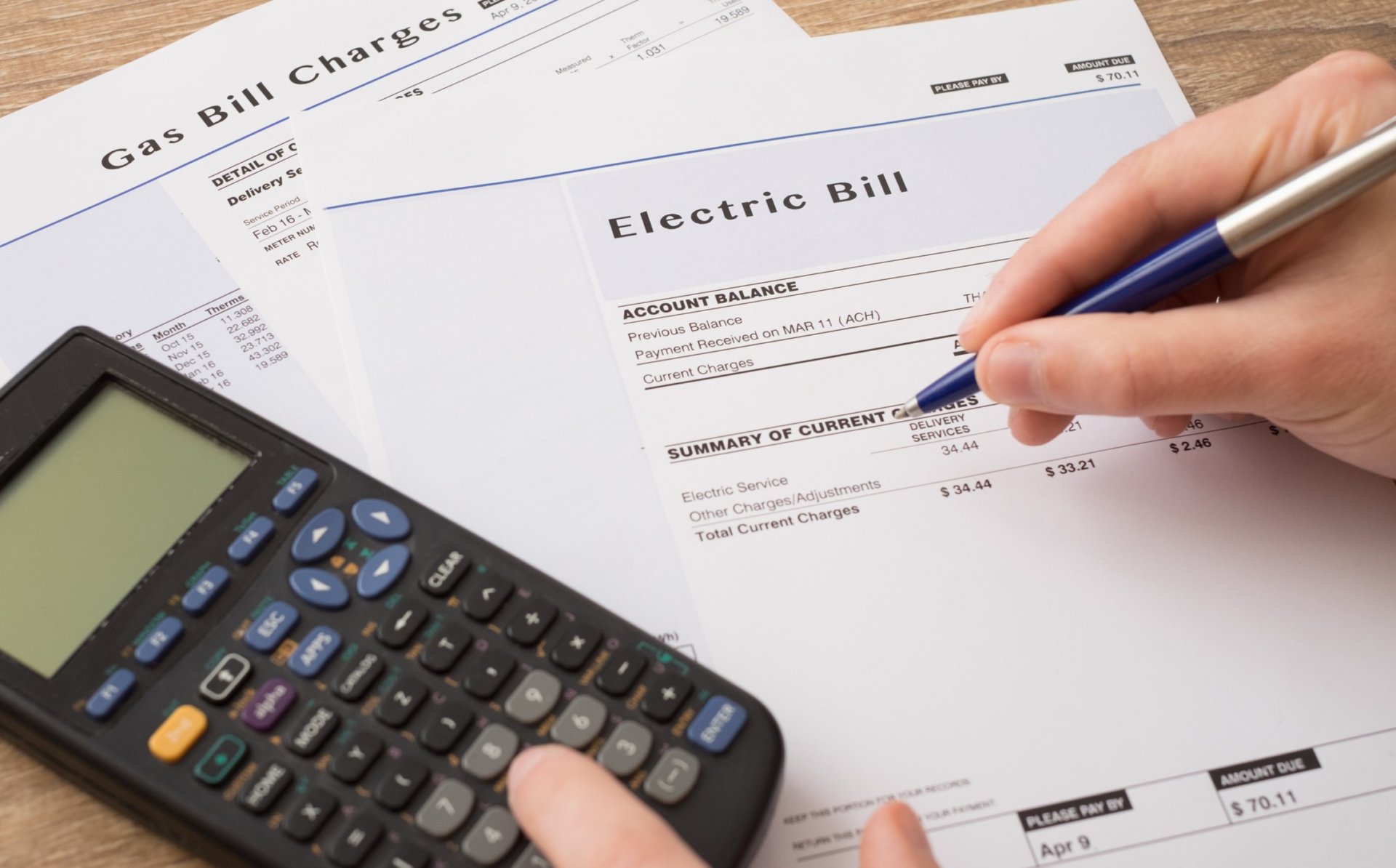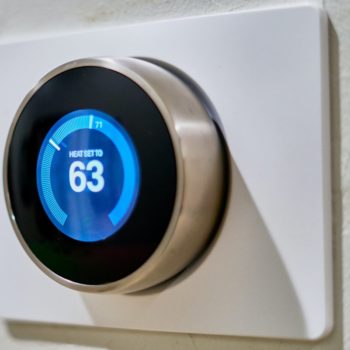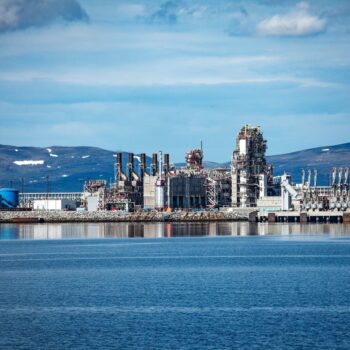The EU is still facing an energy prices crisis, and we need more than short-term fixes. In December, the EU Member States need to send a strong political signal about medium to long-term measures in line with the European Green Deal and the ‘Fit for 55’ proposals. This needed push would strengthen the EU’s ability to withstand future shocks and provide significant benefits for European citizens.
Why are EU energy prices rising?
There are various reasons for the current energy prices crisis in the EU. From low storage levels after a cold winter to pressure to replenish to competition from Asia. From Russian supplies prioritised in the domestic market to a higher gas demand due to the economic recovery. However, the current price shock is a clear reminder of the EU’s socio-economic vulnerability to gas supply. In 2020, the EU imported 83.5% of the gas that it consumed.
The European Commission reacted on 13 October with a toolbox listing the solutions available to face the crisis. Governments agreed on the short-term relief measures included in this toolbox. Since then, 18 Member- States have already implemented some form of taxation and welfare or business-support measures. However, the latest European meetings left ministers and heads of State unable to agree on the next steps of the political response. The EU Council meetings showed a growing split between Member States. Some support the current system, others wish to review the energy markets in general (led by Spain), and some blame the EU’s carbon market and broader green policies (led by Poland).
What can be done?
Despite the European Council discussions and the European Commission’s promise to assess the functioning of the market, one crucial element was left out of the conversation: climate action. The implementation of the ‘Fit for 55’ package, proposed by the Commission in July to deliver the European Green Deal, offers many tools for tackling this crisis and directly benefit EU citizens.
For example, evidence shows that a more ambitious revision of the Renewable Energy Directive would outplace costly and more carbon-intensive power plants. This would reduce carbon costs and electricity prices by 14 per cent in Germany and by 26 per cent in Poland by 2030, to mention a few. Besides, investing in energy efficiency and a deep, fast-tracking building renovation is one of the safest and most reliable ways of reducing EU’s exposure to future energy cost rises. This is especially true for low-income households given that in many countries, such as France, low-income homes tend to be more energy-intensive than higher-income ones.
It is also important to explore the possibilities of an emergency package based on EU funds and support the most urgent energy efficiency works in vulnerable households throughout Europe. This would show that the EU can take care of its most at-risk citizens and that they can be safer from energy price shocks within a year.
A second chance
Energy ministers will meet again on 2 December for the Energy Council. There, they should send an unequivocal signal of support for an ambitious EU Green Deal, especially for the current ‘Fit for 55’ proposals. Concretely, Member-States should support an ambitious reform of the Renewable Energy Directive (RED) and the Energy Efficiency Directive (EED) with ambitious revised targets to reduce the impacts of future energy price shocks on the EU’s households and businesses.
The meeting should also focus on decreasing our dependence on fossil gas, replacing it with cheaper and cleaner renewable alternatives. According to the European Commission’s own assessment, implementing the European Green Deal 2030 targets would reduce natural gas imports by 41%. Therefore, EU ministers should consider the impact of jointly reducing gas imports and energy consumption on our vulnerability to energy price shocks. They should also work with the European Commission to ensure that the upcoming proposals on the ‘gas package’ and the Energy Performance of Buildings Directive deliver this.
To strengthen Europe’s resilience to further shocks, implementing the Green Deal is the most effective measure in the medium term. So it should be the focus of the 2 December meeting. There is no question that, eventually, the market design will need to catch up with the higher-renewables, higher-efficiency world we are heading towards. Throwing it into the mix right now would slow, rather than spur, the response.


